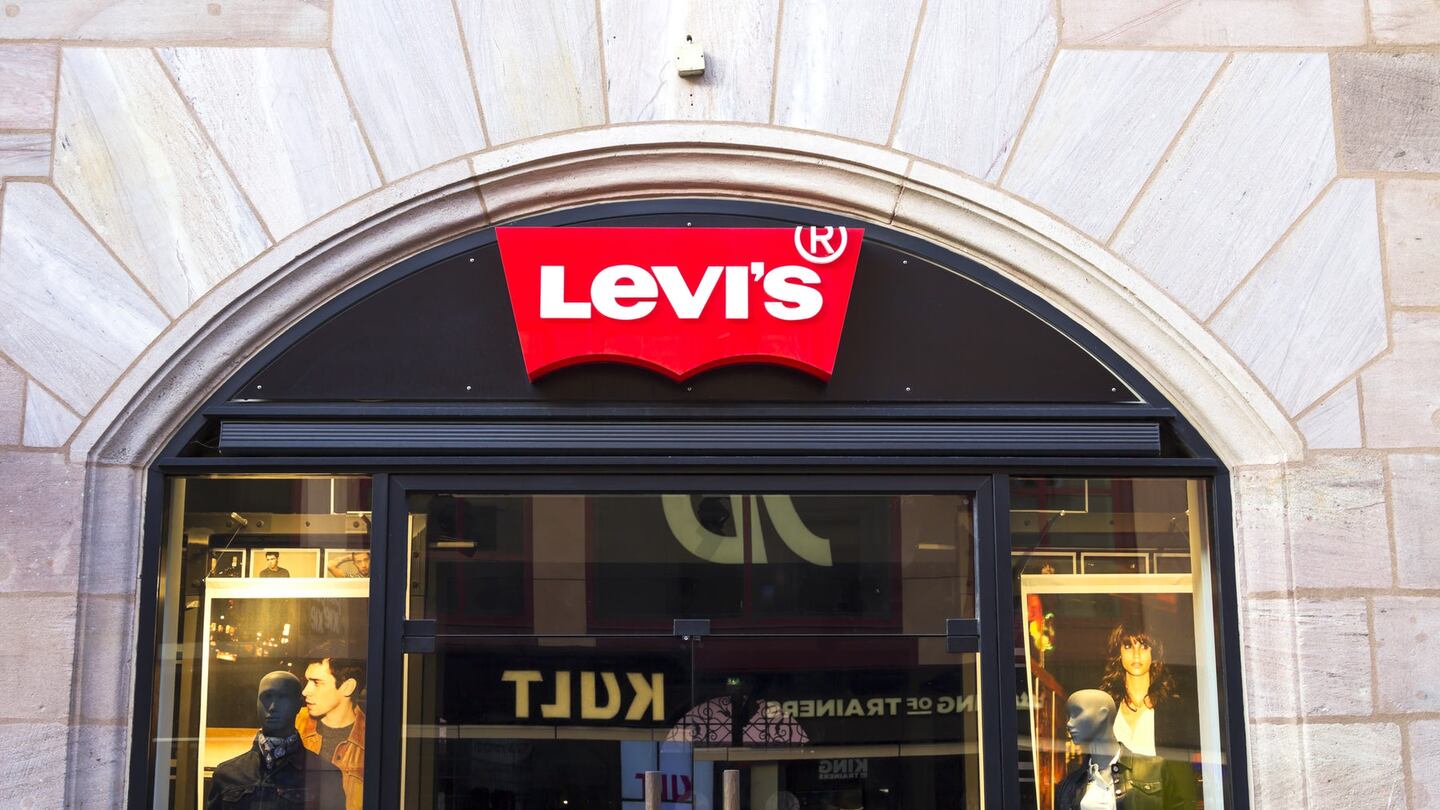
The Business of Fashion
Agenda-setting intelligence, analysis and advice for the global fashion community.

Agenda-setting intelligence, analysis and advice for the global fashion community.

Levi Strauss & Co quarterly results beat Wall Street estimates on Wednesday, helped by price increases and strong demand for its jeans, tops and jackets as more people venture out and attend social events.
Shares of the jeans maker, which reaffirmed its revenue and profit forecast for 2022, rose about 2 percent in extended trading.
Levi has benefited from price increases aimed at mitigating the impact of supply chain disruptions, inventory shortages and inflationary pressures, while an accelerating trend for high-rise jeans and loose-fitting clothes has also helped drive sector-wide sales.
Double-digit sales growth in every market helped the company offset some of the headwinds, and more full-price sales and lower promotions boosted the company’s performance, Telsey Advisory Group retail analyst Dana Telsey said.
ADVERTISEMENT
“We’re not seeing any real pushback on pricing at all at this point,” chief executive Charles Bergh said in the earnings call, adding that there was room for stronger pricing in the second half of the year, which would be determined based on costs incurred by the company.
The San Francisco-based company’s first-quarter revenue rose 21.8 percent to $1.59 billion, compared with analysts’ average estimate of $1.55 billion, according to IBES data from Refinitiv.
Levi chief financial officer Harmit Singh, however, said that supply chain-related issues cut revenue opportunities by about $60 million, or 5 percent, primarily in the United States.
Excluding items, Levi earned 46 cents per share, above estimates of 42 cents per share.
Separately, Levi said in a filing it would review assets specific to Russian commercial business for impairment in the second quarter.
The company in March suspended commercial operations in Russia, including new investments, following the country’s invasion of Ukraine.
By Ananya Mariam Rajesh
Learn more:
ADVERTISEMENT
The Race to Create Zero-Waste Jeans
Denim is among the most popular materials in fashion, but it’s wasteful to manufacture and difficult to recycle. Brands ranging from global giant Levi’s to tiny MUD say they are closer than ever to solving this problem.
From analysis of the global fashion and beauty industries to career and personal advice, BoF’s founder and CEO, Imran Amed, will be answering your questions on Sunday, February 18, 2024 during London Fashion Week.
The State of Fashion 2024 breaks down the 10 themes that will define the industry in the year ahead.
Imran Amed reviews the most important fashion stories of the year and shares his predictions on what this means for the industry in 2024.
After three days of inspiring talks, guests closed out BoF’s gathering for big thinkers with a black tie gala followed by an intimate performance from Rita Ora — guest starring Billy Porter.